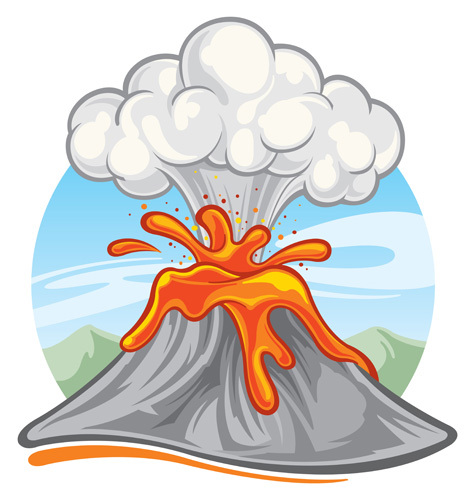REYKJAVIK, Iceland – Iceland’s authorities on Sunday raised the aviation warning code to red for a region close to the subglacial Bardarbunga volcano after a small fissure eruption in the area.
The country’s meteorological agency described the eruption in the Holuhraun lava field, about five kilometres (three miles) north of the Dyngjujoekull glacier, as a “very calm lava eruption and can hardly be seen on seismometers.”
“Visual observation confirms it is calm, but continuous,” the weather agency said on its website.
Sunday morning’s eruption, which took place about 0500 GMT (1 a.m. EDT), followed a smaller one in the same site on Friday that also prompted authorities to briefly raise the aviation warning code to restrict flights in the area.
The red warning code – the highest in the country’s alert system – meant that no flights are allowed in an airspace area of about 40 square nautical miles north of the eruption area, up to 6,000 feet (1.1 miles) from the ground. Aviation officials said the restrictions do not affect commercial flights, which fly much higher than that.
No volcanic ash has been detected, and the Civil Protection Department said all Icelandic airports remained open.
The fissure eruption was a crack that came to the surface about 40 kilometres (28 miles) from the main Bardarbunga volcano, which lies under the vast Vatnajokull glacier that dominates the eastern corner of Iceland.
Though remote and sparsely populated, the area is popular with hikers in the summer. Officials earlier evacuated all tourists in the region after thousands of small earthquakes rocked the area in recent days.
Although Sunday’s fissure eruption was more powerful than the one on Friday, experts said the situation is contained and is unlikely to result in the same level of aviation chaos as 2010. In April that year, an eruption at the Eyjafjallajokul volcano wreaked havoc on millions of travellers. More than 100,000 flights were cancelled after officials closed Europe’s air space for five days out of fear that volcanic ash could damage jet engines.
Dave McGarvie, a volcanologist at Britain’s Open University, said the fissure eruptions produce only very small amounts of ash – they produce mostly lava – and are highly unlikely to cause any aviation disruption.
“It’s good news in the sense that it appears to be very small, very contained. It’s not spreading under the glacier – if it did you’ll get a lot of flooding,” he said.
He said Icelandic authorities are mostly concerned that the main volcano under the ice cap will erupt, but there are no signs so far that this is imminent.
